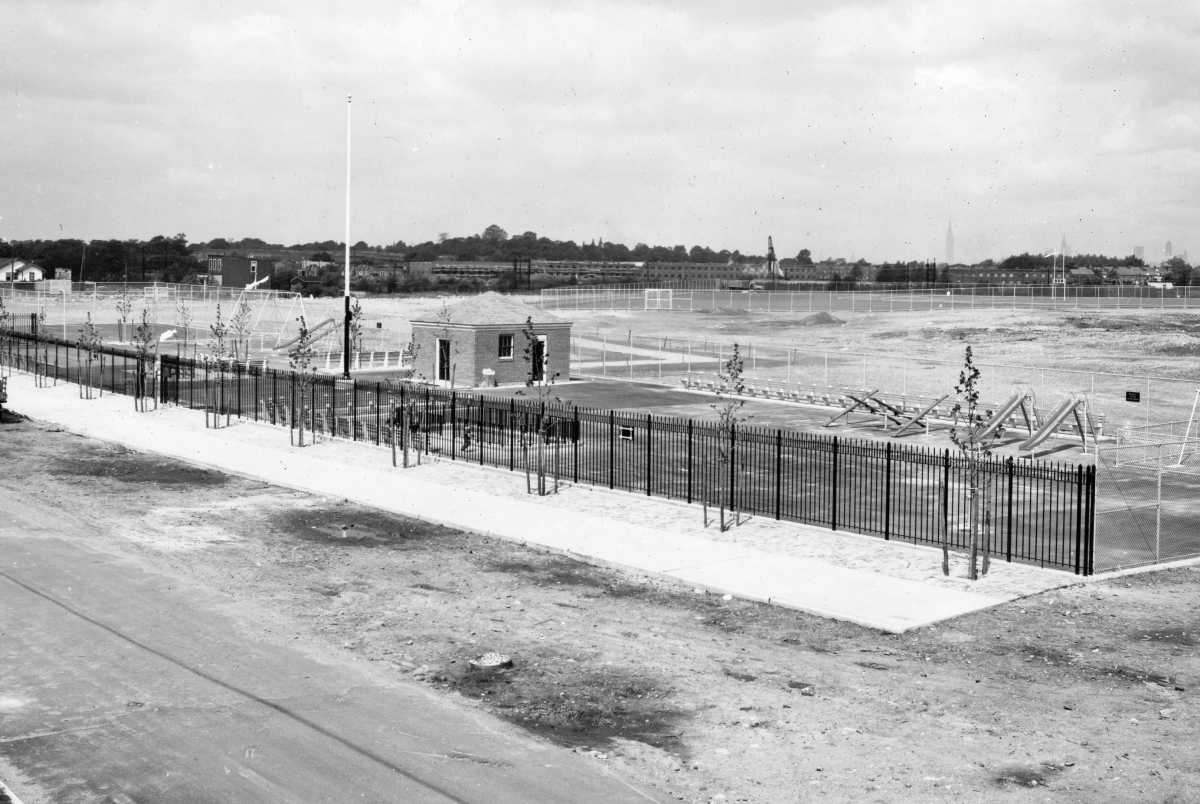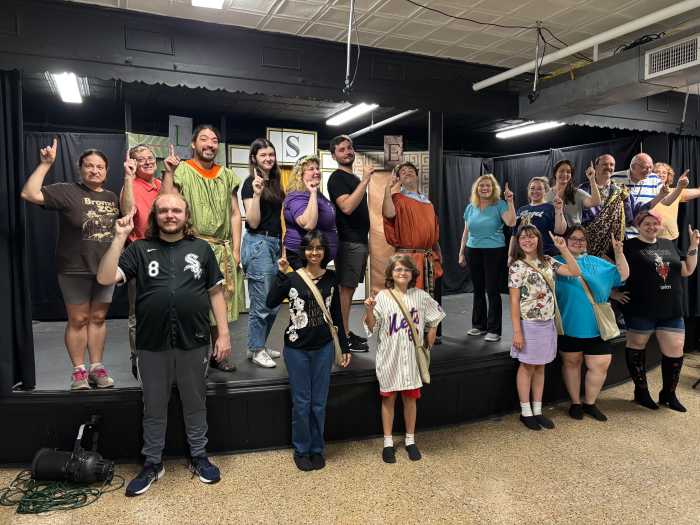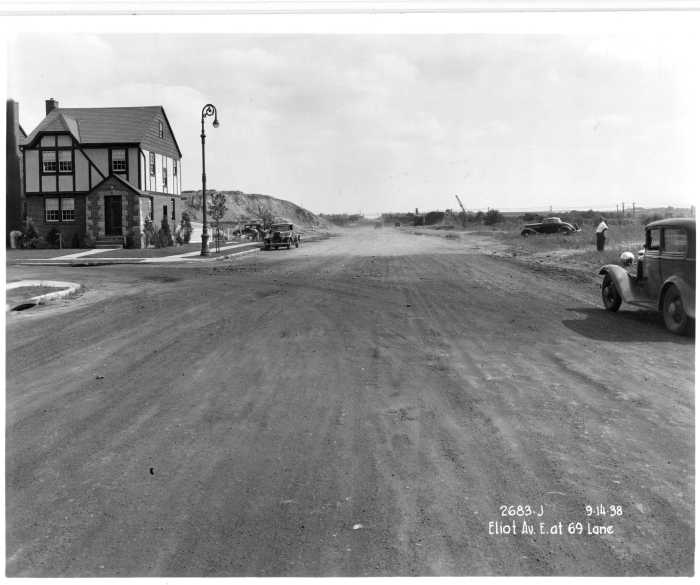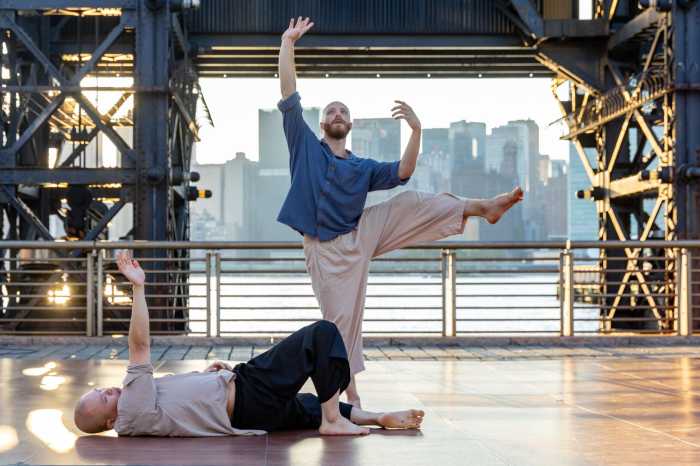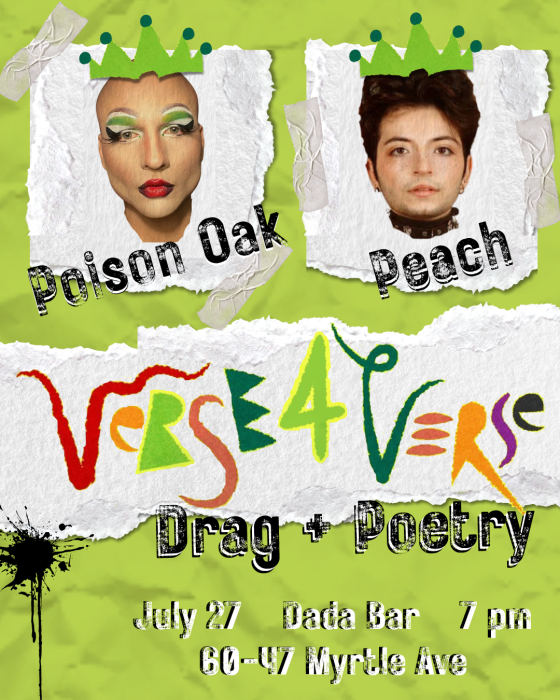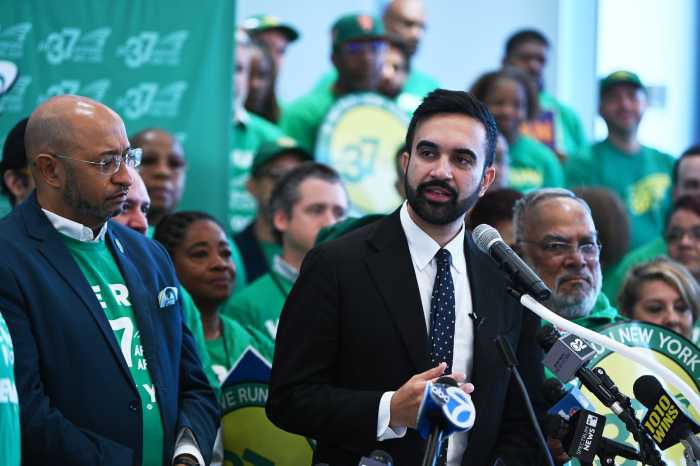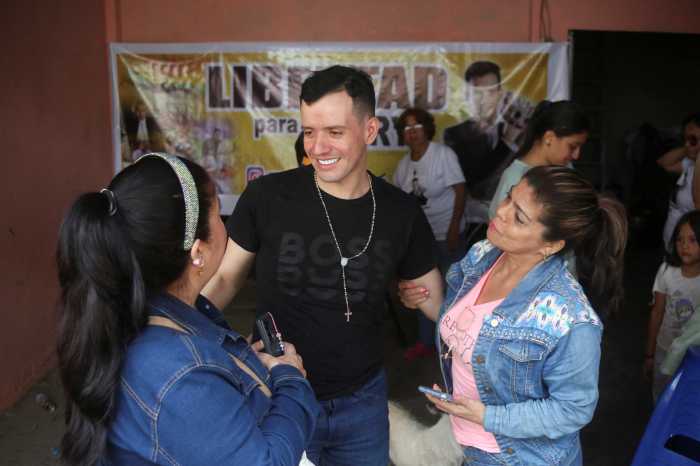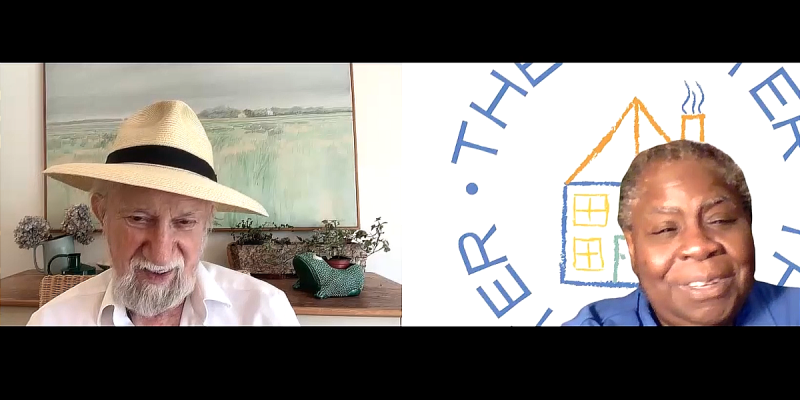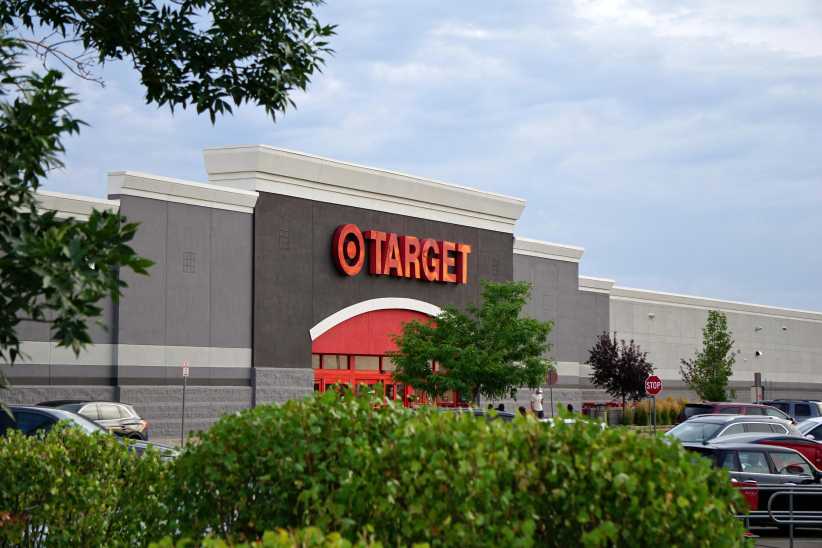Middle Village residents take a great deal of pride in Juniper Valley Park, the 55-acre oasis where generations of families have enjoyed beautiful springtime days roaming the playground, running the basepaths or simply lounging around under the trees.
It’s almost hard to believe that, as recently as 80 years ago, the park didn’t even exist — and, in fact, that most of that area was uninhabited swampland that, for a time, briefly became a municipal dumping ground.
The Juniper Swamp has an amazing history that was chronicled in “Our Community: Its History and People,” a book published in 1976 by the Greater Ridgewood Historical Society. The following excerpt shows that the swamp dated back to the colonial period of the 17th century, and in the 1920s became the site of a con game pulled by one of New York’s most notorious mobsters:
The Juniper Swamp was much in evidence in 1694 as well as up to a few decades ago, when it began to be developed and filled in, along certain areas.
The swamp area was roughly bounded by 69th Street (Juniper Avenue) on the west, Juniper Valley Road (Juniper Swamp Road) on the south, and Caldwell (Johnson) Avenue and Dry Harbor Road on the north and east. It was a favorite resort for berry-pickers in the summer and ice skaters in the winter.
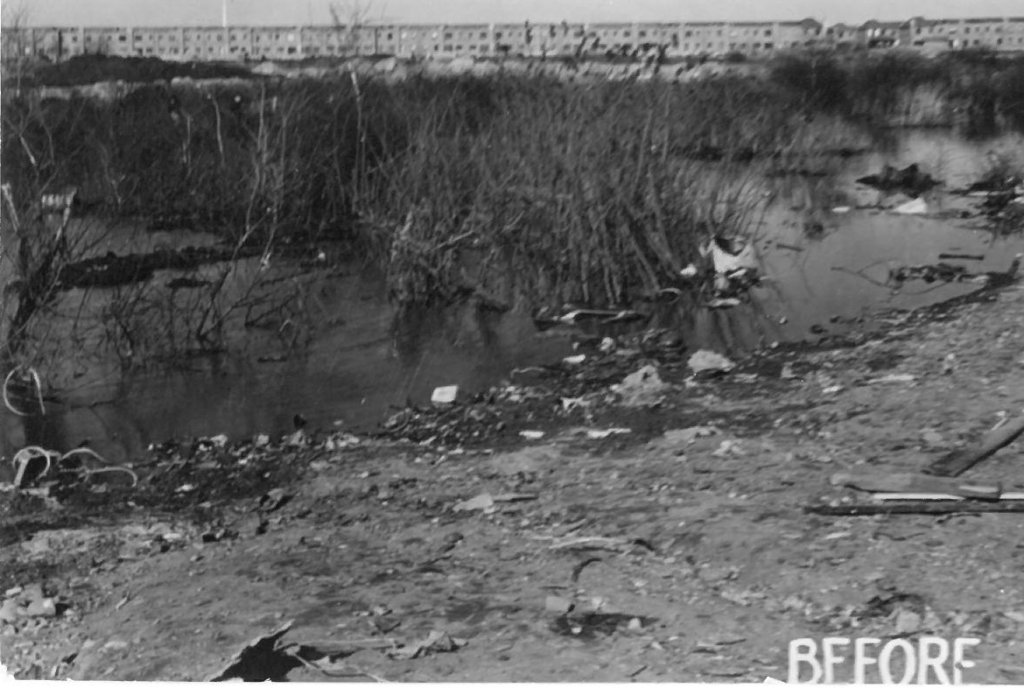
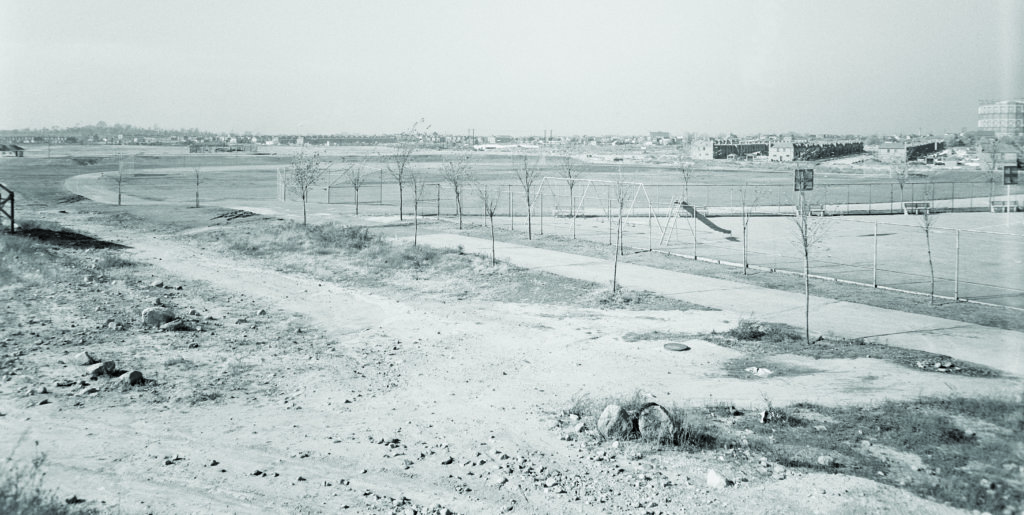
In the middle 1920s, a section of the New York Connecting Railroad was laid through the swamp, with great excavation difficulties. The balance had been developed after World War II in the 1950s and the early 1960s, with rows of private dwellings as well as a large park and recreation area called Juniper Valley Park.
These dwellings are built on wooden piles because of the swampy ground conditions existing for a number of yards below grade. Ondulations can be observed on the older streets in the area, such as Penelope Avenue, which is caused by unstabled ground conditions below grade.
In the mid-1920s, Arnold Rothstein, a notorious gambler, purchased the 88-acre swamp site, which he tried to subdivide and sell as a development for a large profit. He called this area “Rothstein’s Estates.” He had built a row of empty shell houses which gave the appearance as being a development. It became a case celebre when the “Rothstein Phantom Village” was uncovered as a fraud.
Rothstein was shot to death in 1928, and his estate sold the property to the city for approximately the same amount equal to the back real estate taxes owed. When he became aware that the swamps contained valuable peat moss, Robert Moses, who was in charge of the 1939-40 World’s Fair, had it removed and used for top soil on the fair grounds in Flushing.
Little did Arnold Rothstein know that the peat moss was worth over a million dollars.
The cliche “crime doesn’t pay” certainly fits with regard to Rothstein’s episode of housing fraud in Middle Village. Ironically, he was called “The Brain” in many corners because of his business acumen, which he applied to criminal ventures in the 1910s and 1920s.
Gambling was one of Rothstein’s obsessions, and there were rumors that he was involved in the infamous “Black Sox Scandal,” in which eight members of the 1919 Chicago White Sox were paid to throw the World Series that year against the Cincinnati Reds.
Rothstein vehemently denied accusations that he helped bribe White Sox players, and he was never indicted in connection of the scheme. Eight White Sox players were indicted for the conspiracy and ultimately acquitted at trial — but banned from the game for life by Baseball Commissioner Kenesaw Mountain Landis.
Rothstein would meet his demise in 1928, shot dead during a business meeting at a Manhattan hotel, in retaliation for falling into heavy debt with a fellow gambler, George “Hump” McManus, who was tried for the Rothstein hit but acquitted due to a lack of evidence.
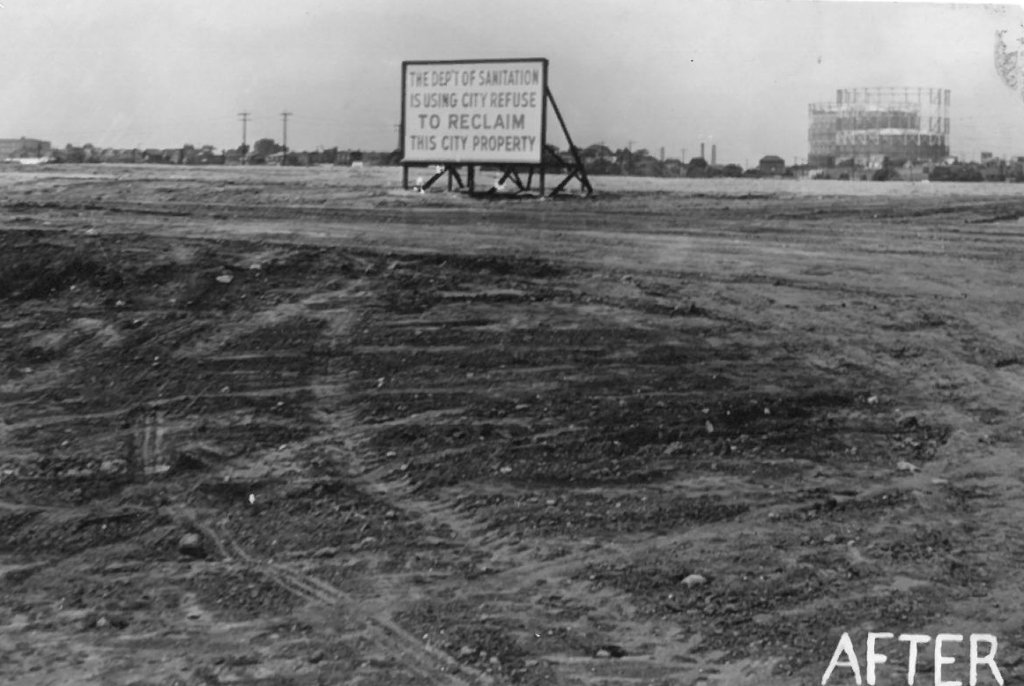
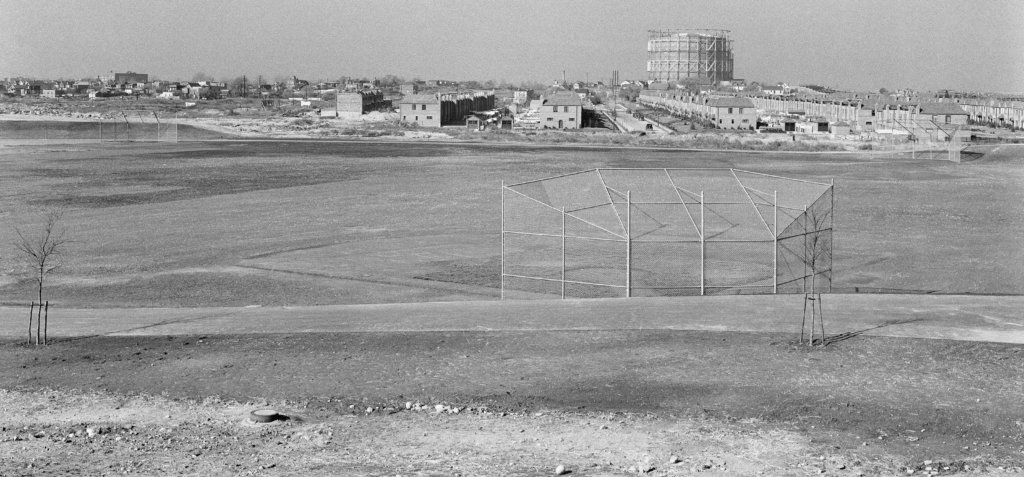
In truth, the 88 acres of land which the city acquired from Rothstein’s estate was just a portion of the Juniper Swamp land. Part of the area had, by the 1920s, been converted into a racetrack for horse, dog, automobile and motorcycle races. The track, known as Metropolitan Heights, was about 7/8 of a mile in circumference and occupied what’s today the western corner of the park, from the tennis courts to the gated baseball diamonds.
There’s also the portion of the park which includes the Pullis Farm Cemetery, located off the present-day intersection of Juniper Boulevard North and 81st Street. The cemetery is said to be one of the few remaining farm burial grounds in New York City. Three graves remain in place at the cemetery, which is surrounded by a stone wall and a wrought-iron gate.
Construction of Juniper Valley Park began in 1938 under the direction of Moses, who realized that the swamp not only had valuable peat moss but also major potential as a beautiful community park. Using workers funded through the Works Progress Administration, a New Deal program under the direction of the Franklin D. Roosevelt Administration, the city created an oasis that included two major playgrounds, four baseball fields, handball courts, tennis courts and a sprinkler area. More than 160 shade trees were planted along with thousands of bushes.
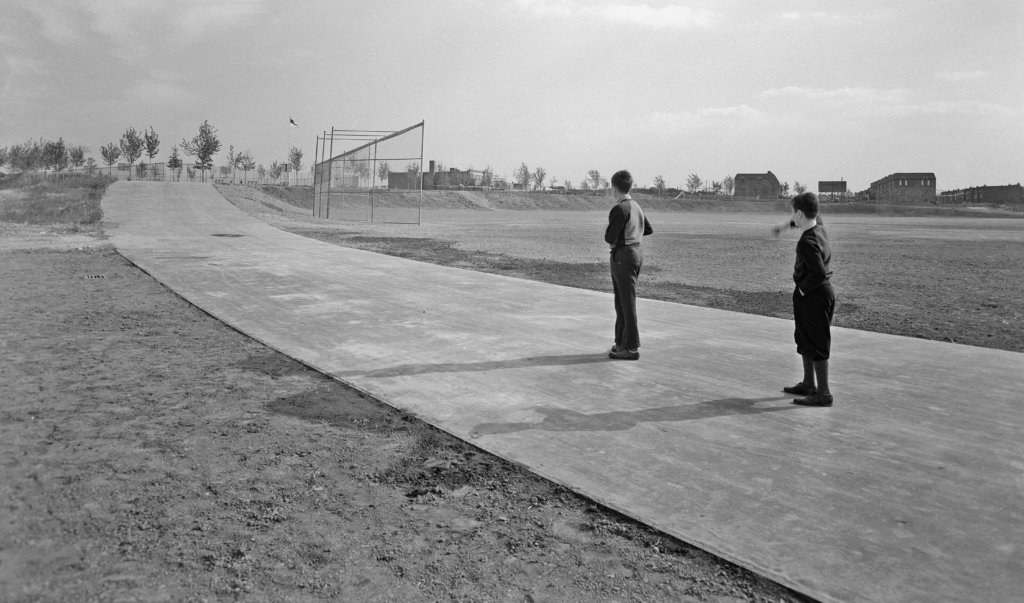
As of 1949, the city developed two-thirds of the 55-acre site as an active park land; the remaining third, on the western end near 71st Street and Lutheran Avenue, remained largely undeveloped until 1967. At that point, the last of the swampland was cleared to make room for more baseball fields and Brennan Field, a soccer/football field enveloped within a running track.
Today, Brennan Field is a popular venue for various sports organizations such as Blau Weiss Gottschee, a youth soccer club, and is home to the annual Relay for Life, a 24-hour fundraiser for the American Cancer Society.
Sources: “Our Community: Its History and People,” Greater Ridgewood Society, 1976; Brownstoner and the Juniper Park Civic Association.
* * *
If you have any remembrances or old photographs of “Our Neighborhood: The Way It Was” that you would like to share with our readers, please write to the Old Timer, c/o Ridgewood Times, 38-15 Bell Blvd., Bayside, NY 11361, or send an email to editorial@ridgewoodtimes.com. Any print photographs mailed to us will be carefully returned to you upon request.

